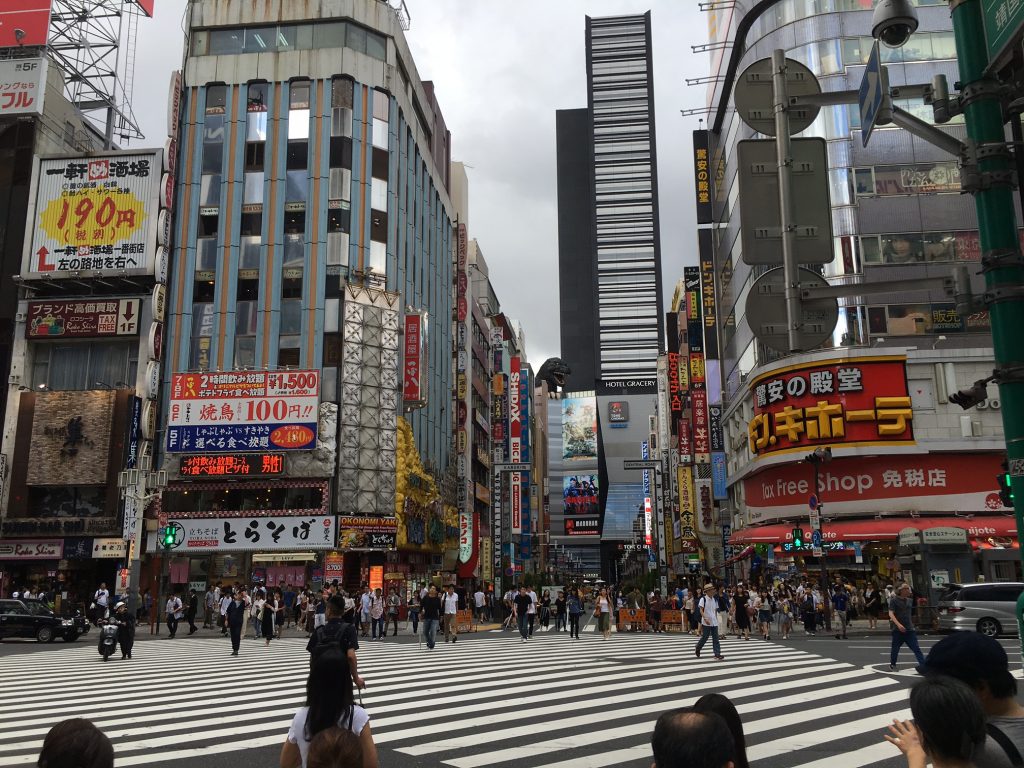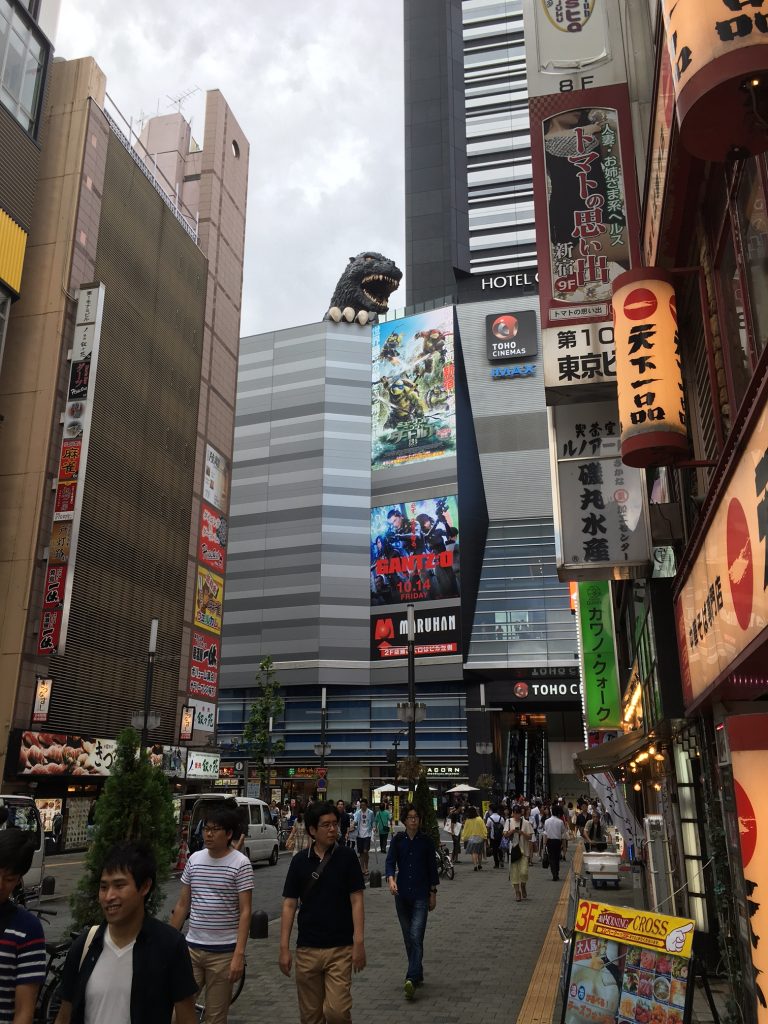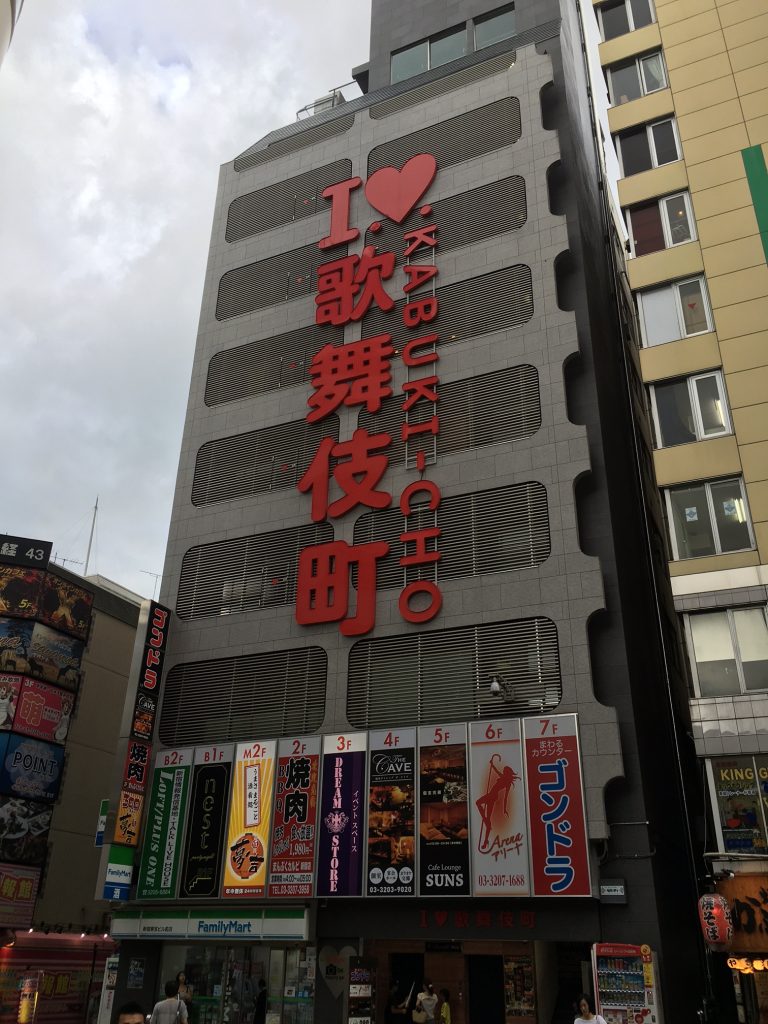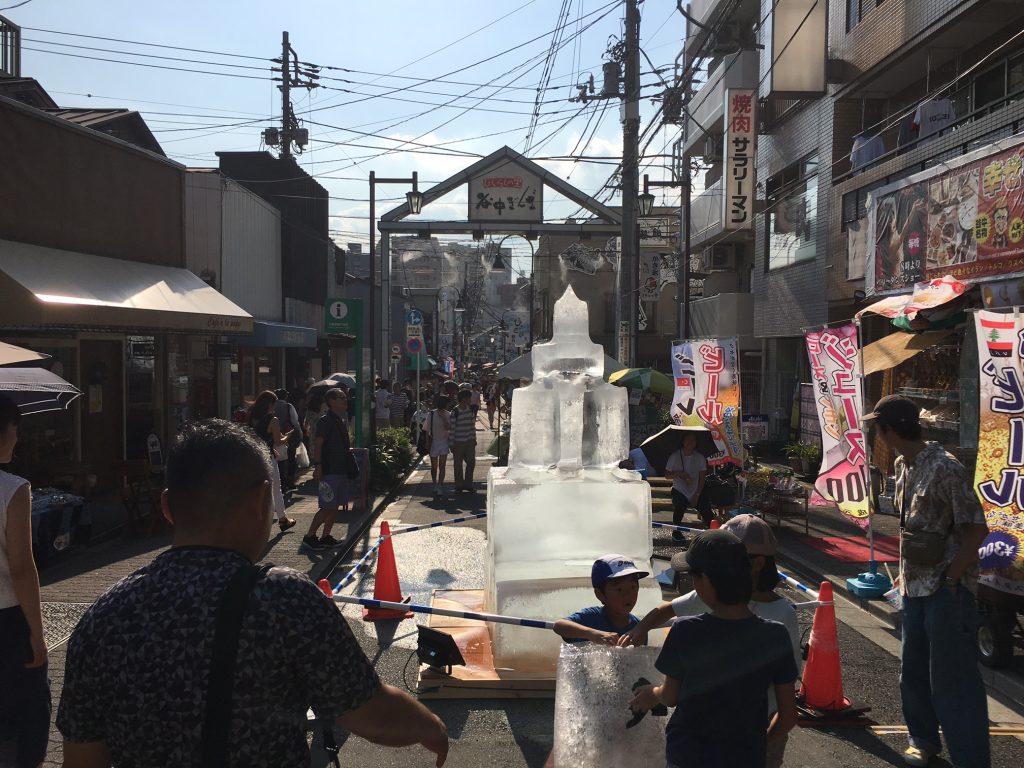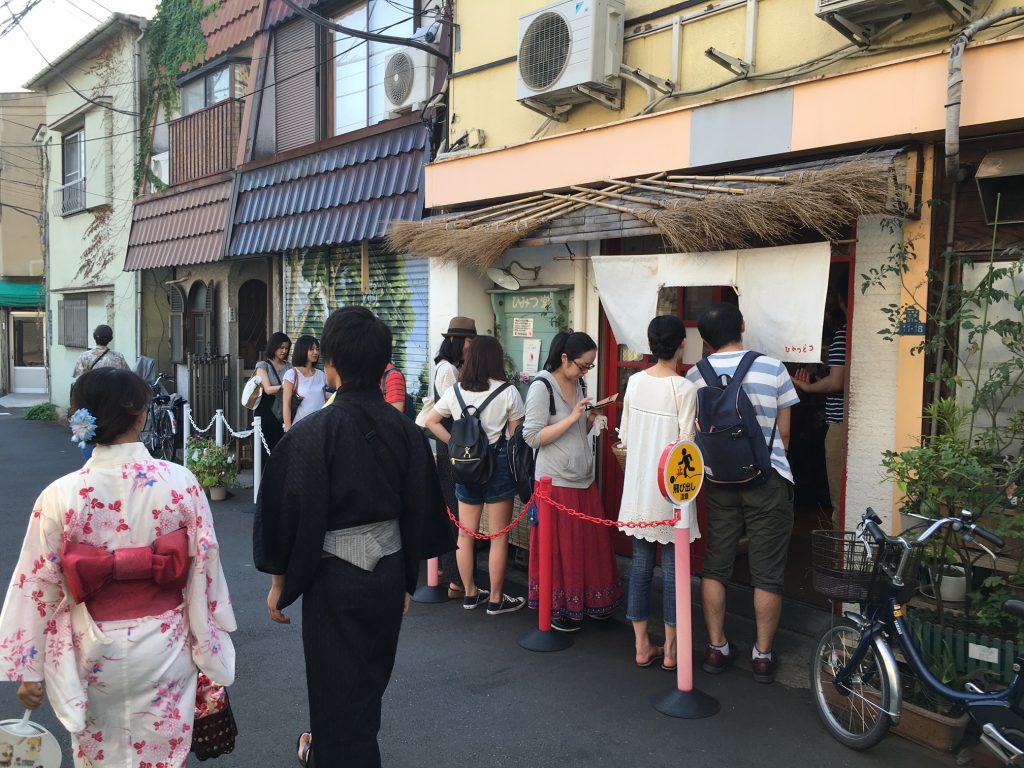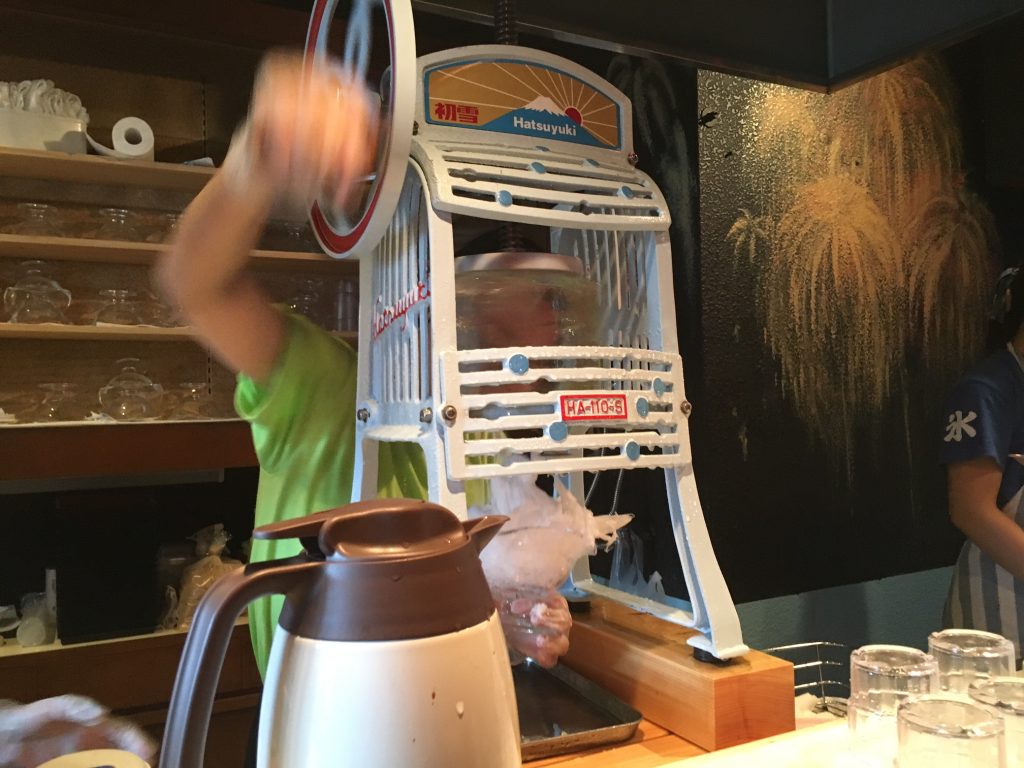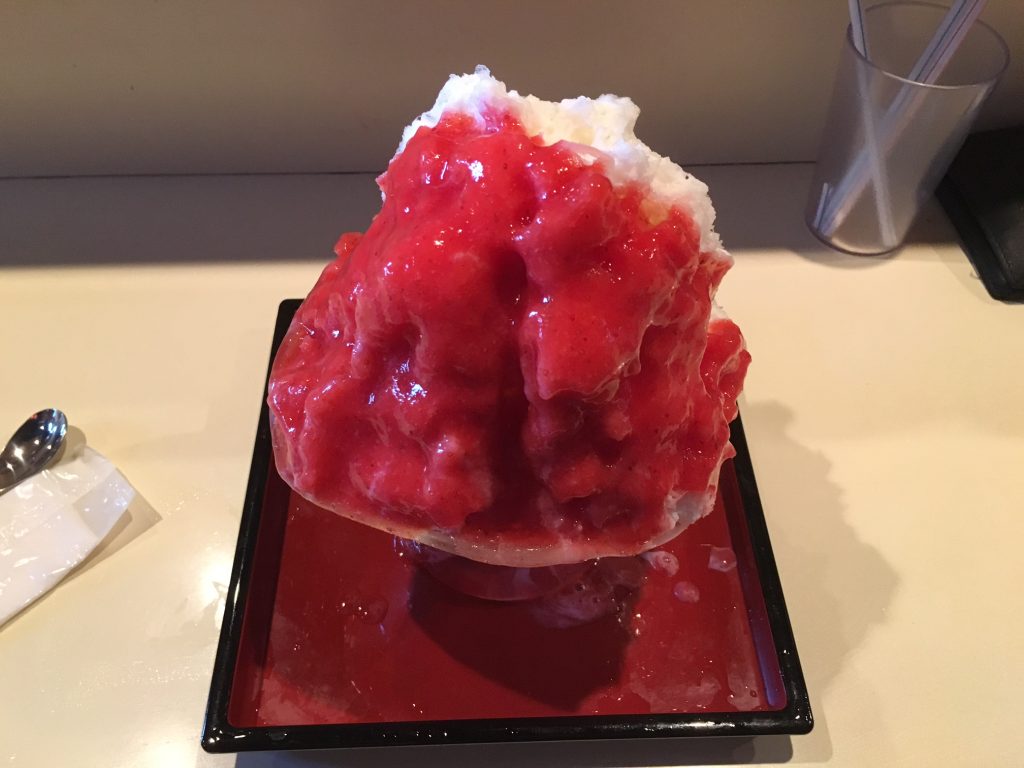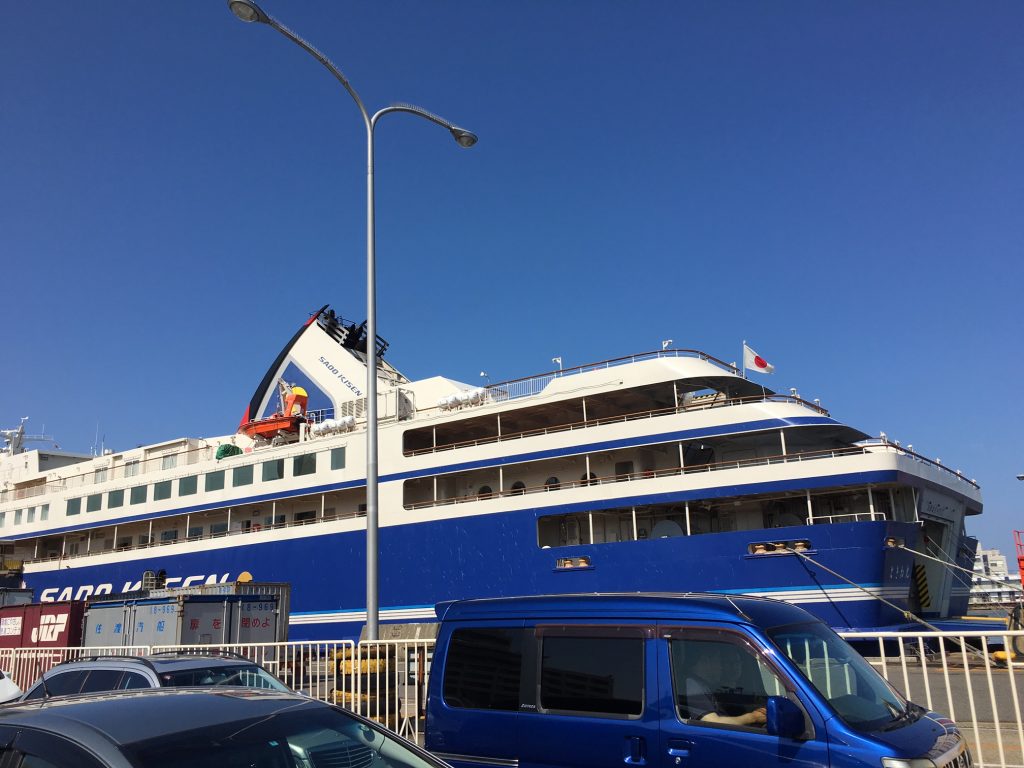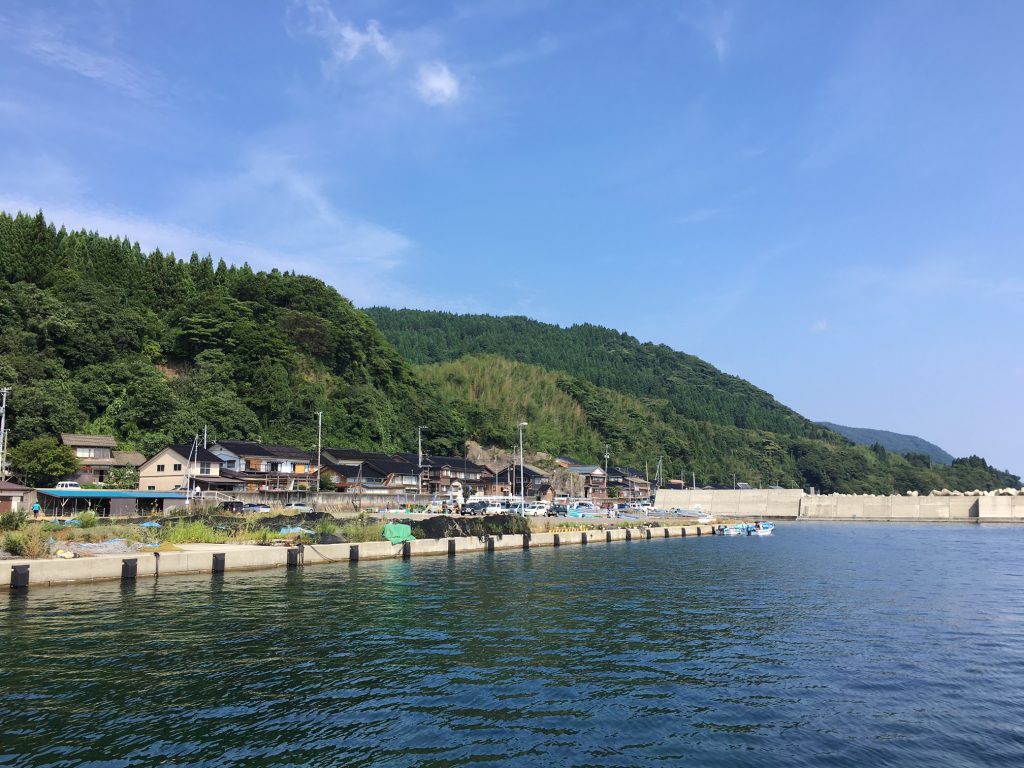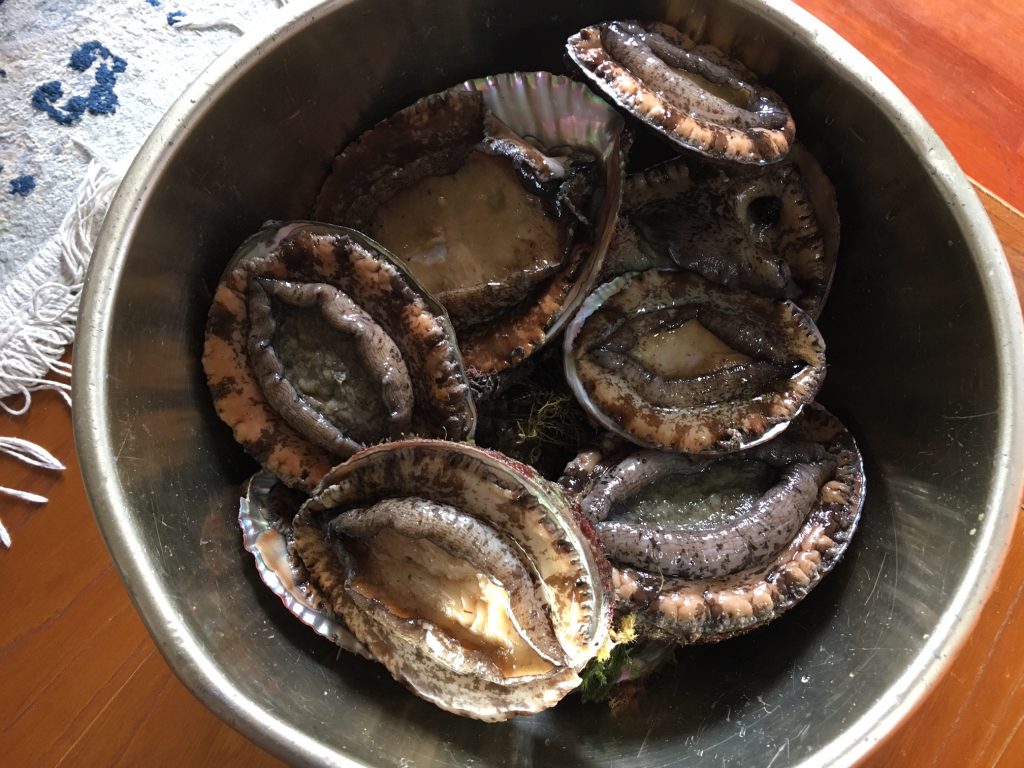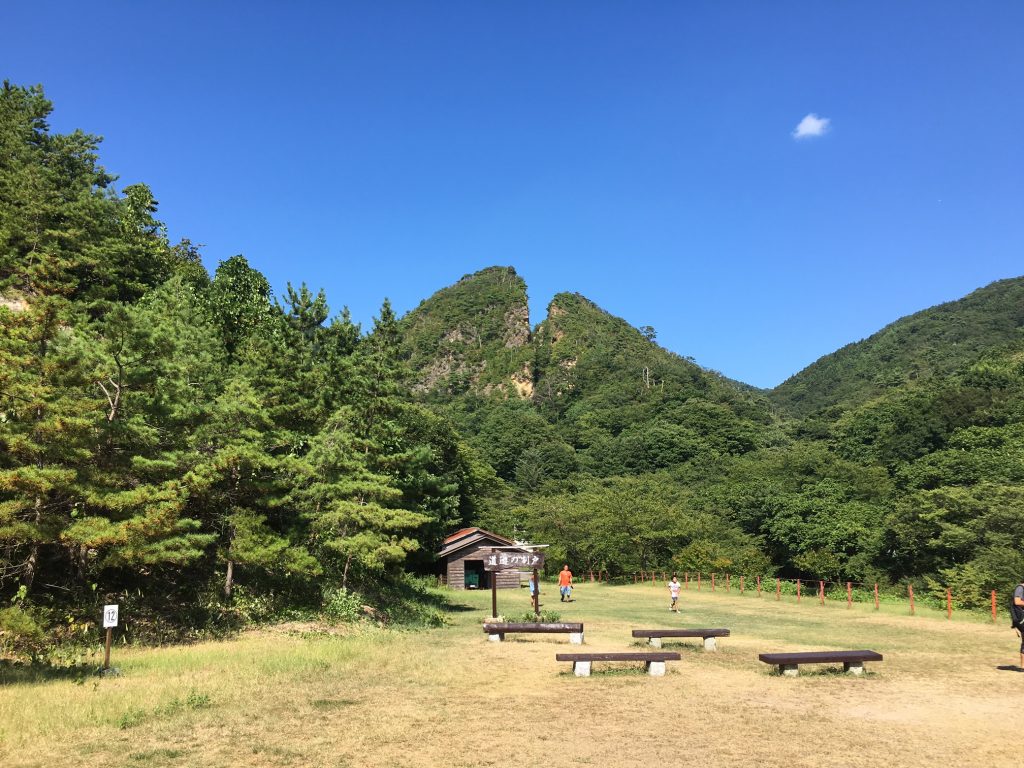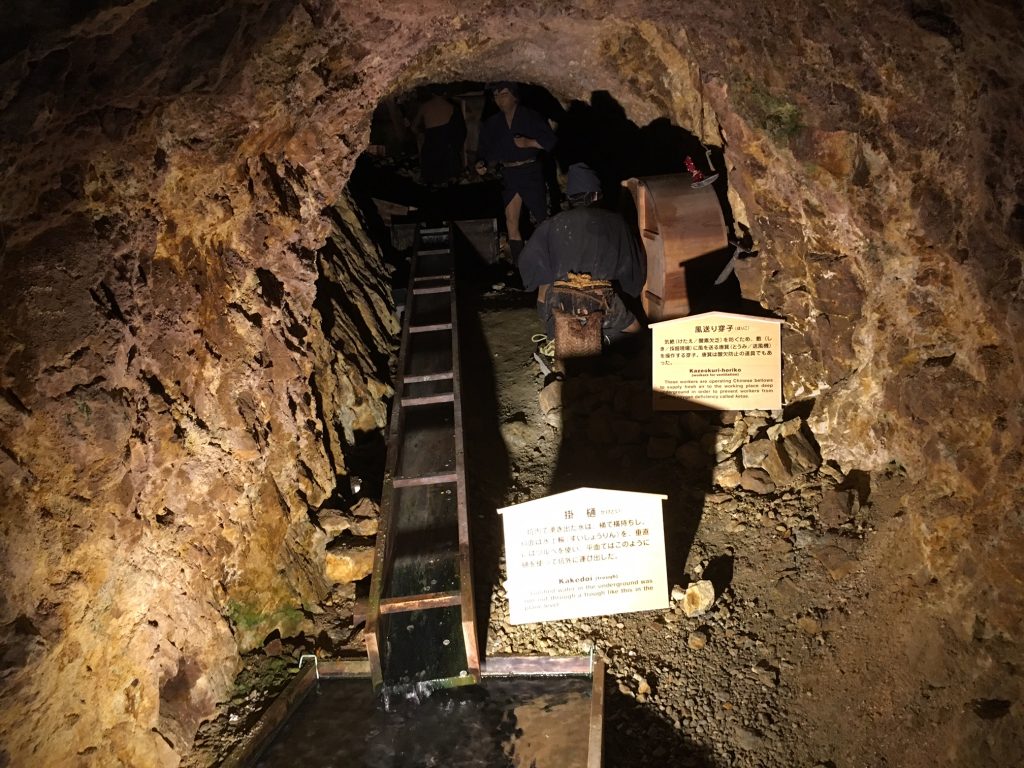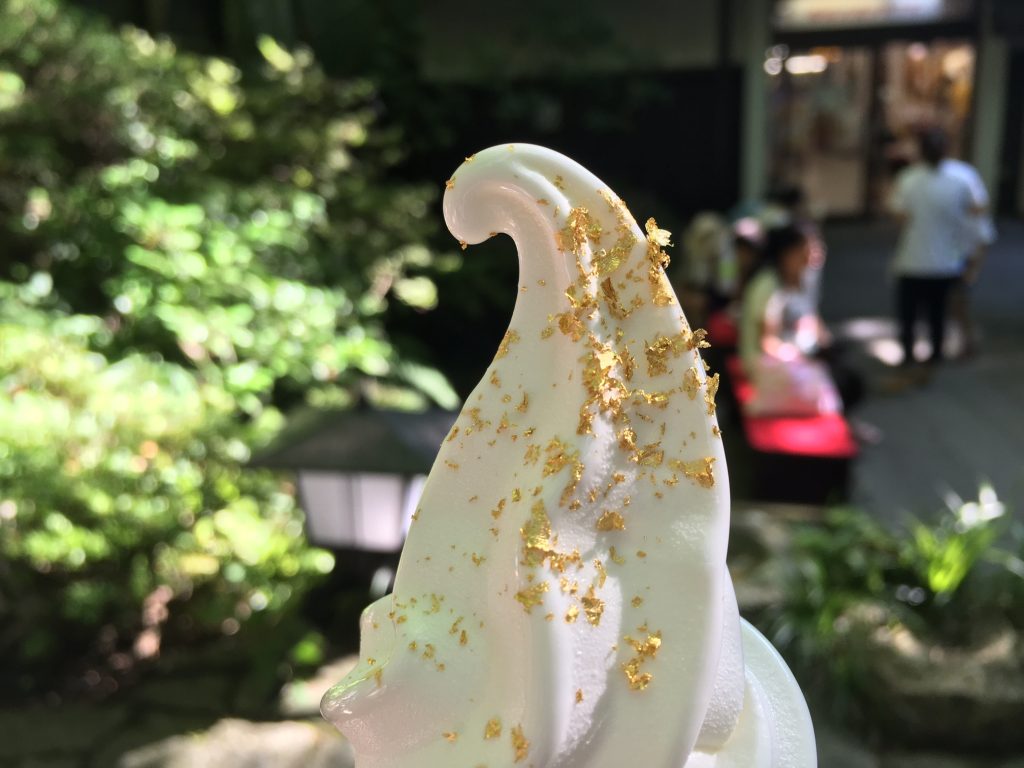In Hokkaido, the northern island of Japan, there is a people called “Ainu”. Before the Japanese expanded to the north and started living in the island late in the 19th century, they had lived there and had kept their traditional lifestyle based on hunting, fishing and gathering.
Now in 2016, somehow changed, but the Ainu people is still trying to preserve their culture. In Hokkaido there are some of their communities, called Kotan in the Ainu language. And Poroto Kotan located in Shiraoi-town in central Hokkaido is one of such communities.
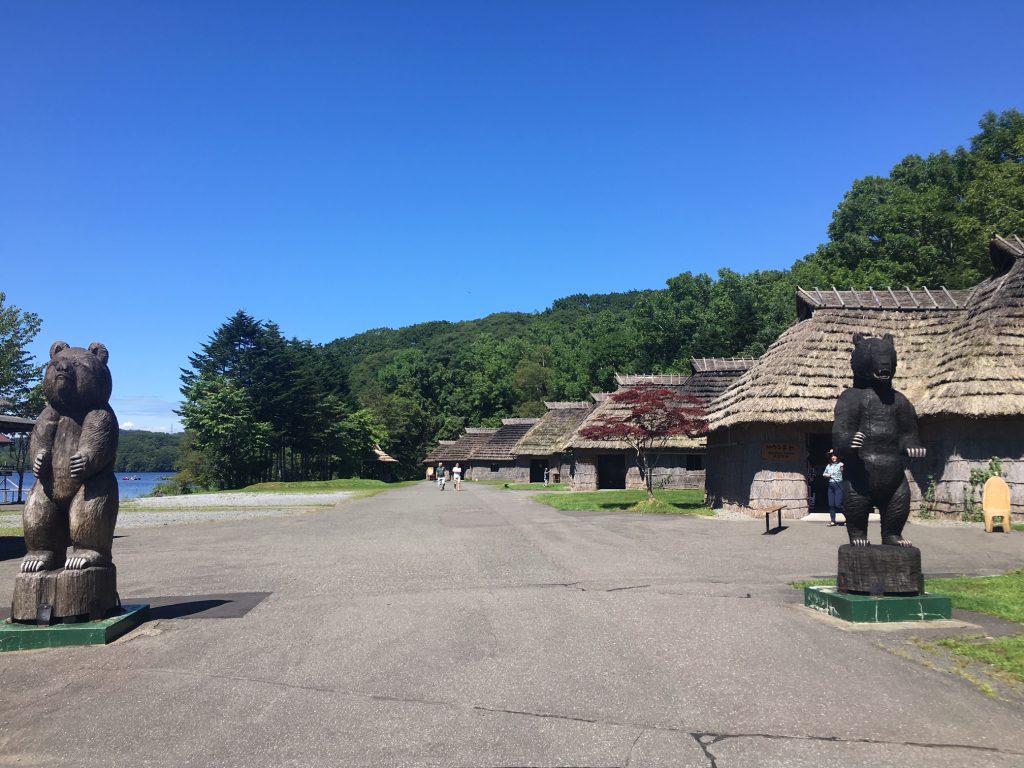
In fact most of the Ainu people doesn’t keep the same lifestyle of hunting and gathering as they had in 100 years ago. They have Japanese nationality. And in daily life they live like the other Japanese people live. Nevertheless with the identity as “Ainu” they try to preserve their traditional culture.
For example they have their own language, music and dance. This Poroto Kotan is not only their community but also their museum. And they show their music and dance to the visitors with their traditional clothing.
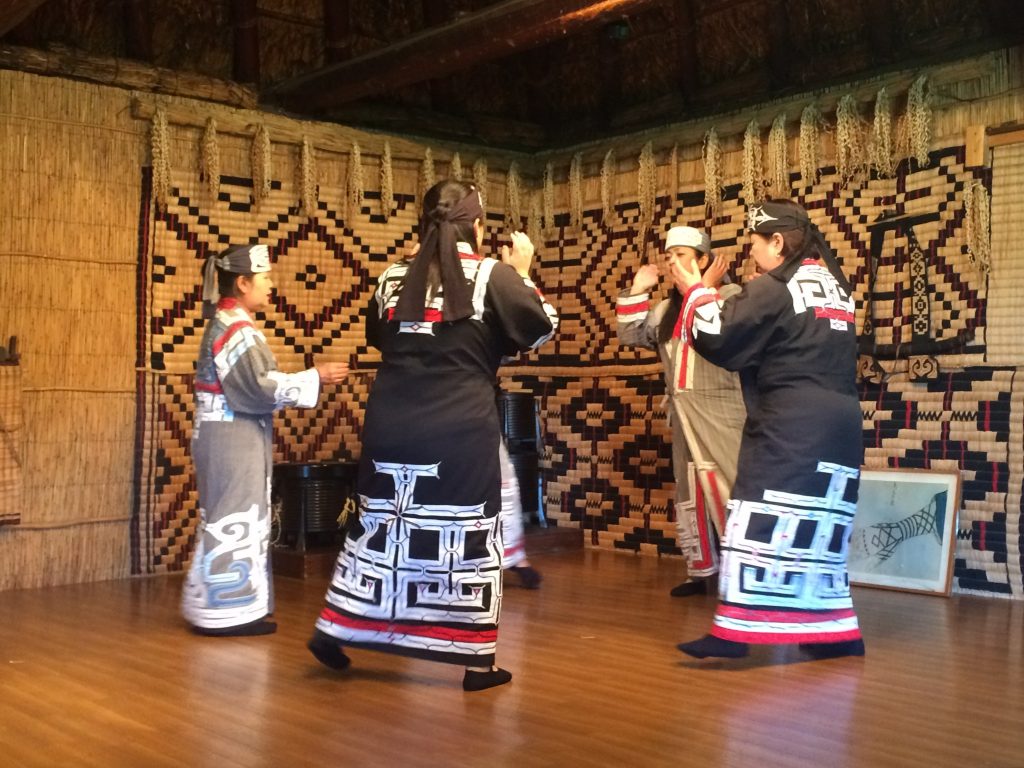
Their culture is deeply related to their religion. In their religion all the stuff in nature is considered as gods. For example salmon, one of their main food is called “kamuy cup” in the Ainu language, meaning fish of god. Since it is a god, they treat salmon so respectfully and eat all the parts of its body. In the picture below they hang salmon from the ceiling of their house to smoke and make it to the preserved food for harsh winter.
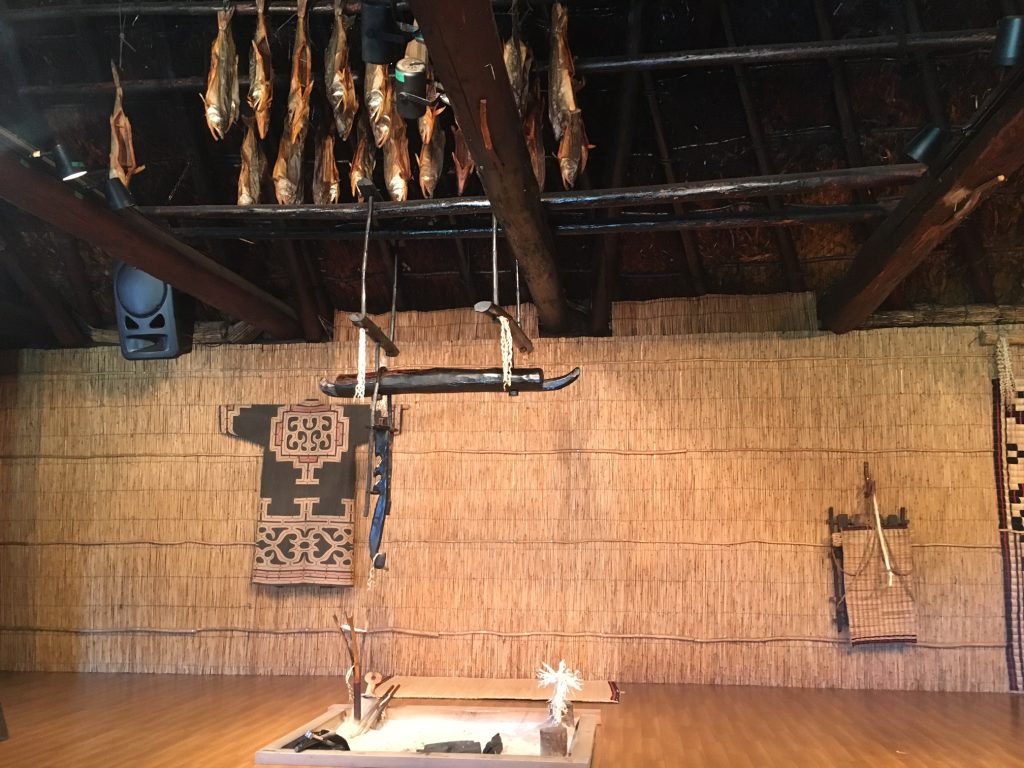
Among the animals as gods, bear is the most holy animal for them. In the community they raise 4 bears in the cage. It’s my first time to see bears raised in the place in Japan other than zoo or safari park.
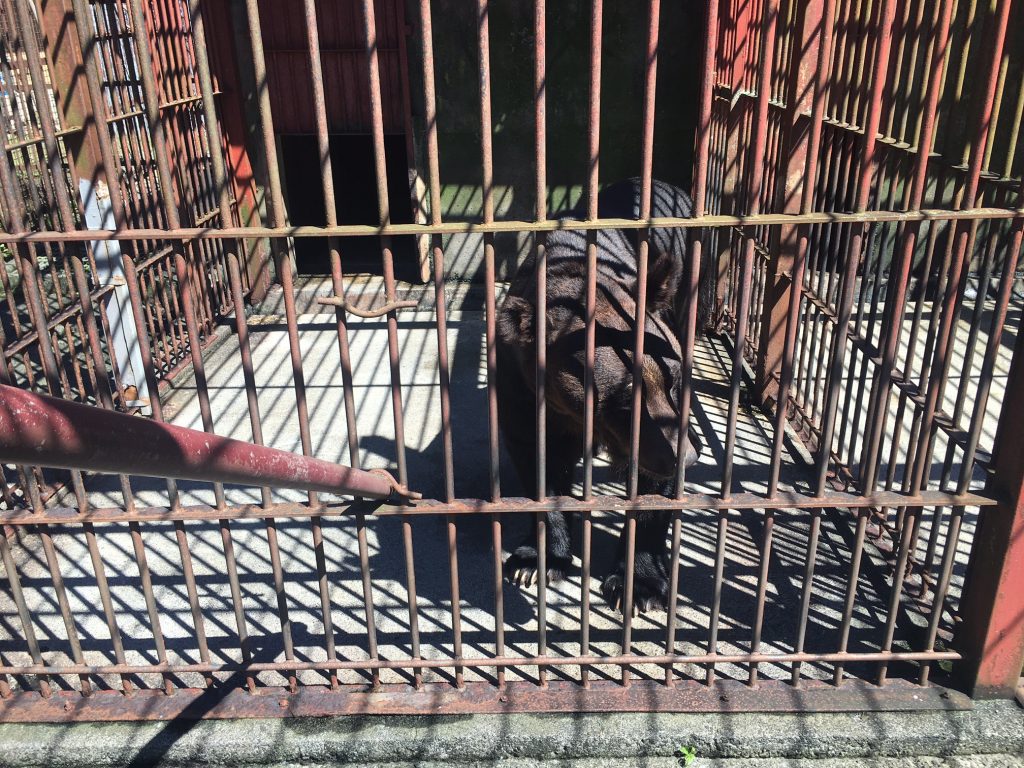
For the Ainu people the ceremony called “Iomante” was the most important for their culture. In one winter they bring a baby bear to their community and grow the bear with great care as if it’s their own child. But when the bear has grown up in a couple of years, they have Iomante celemony and “send back” the bear to the world of gods with a lot of food and drink. They think a god of bear come down to the world of human with the shape of the baby bear, and thus they treat it very respectfully.
It’s my fist time to meet with the Ainu people while I have learned and heard about them many times. It was so impressive! I believe it’s a key for Japan to be a multicultural society if they can keep their identity and preserve their own culture in the 21st century.
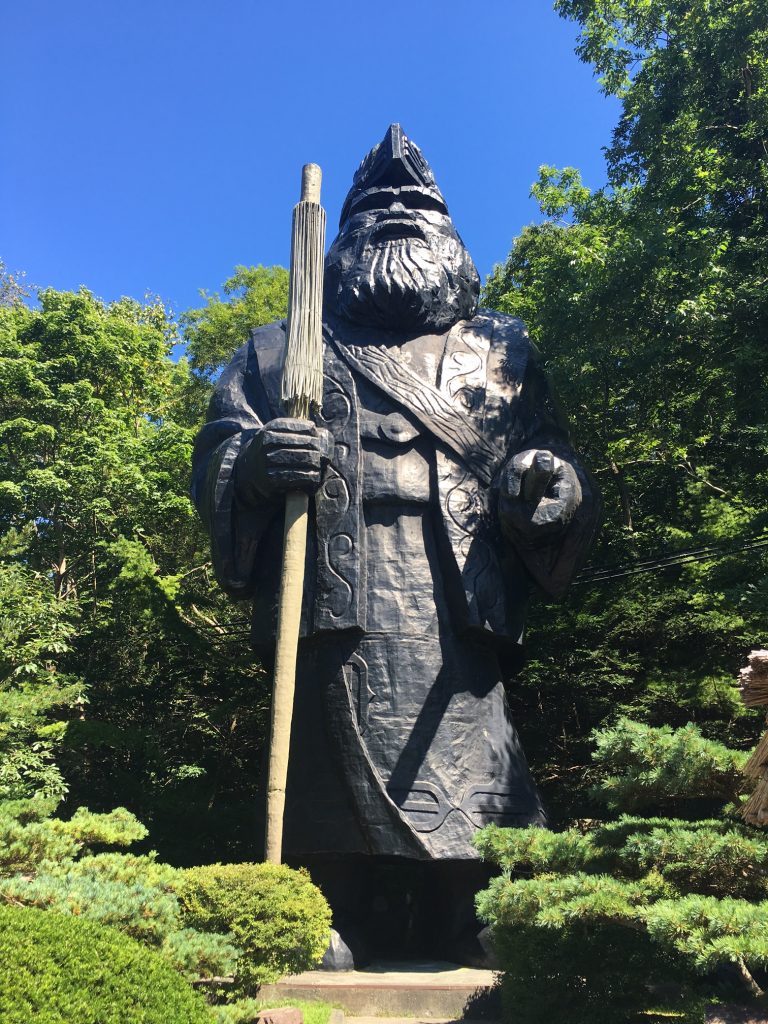
Below is the website of Ainu museum in Poroto Kotan (English availalble).
